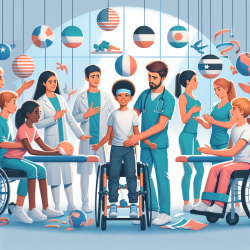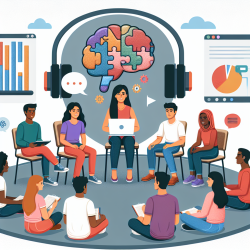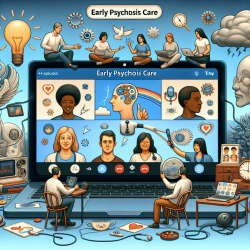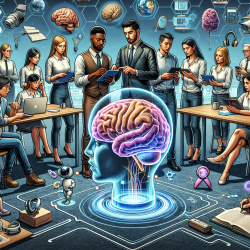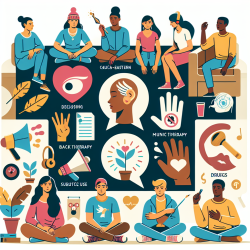As practitioners dedicated to improving the lives of children with cerebral palsy (CP), understanding their personal experiences is crucial. A recent study titled How do adolescents with cerebral palsy participate? Learning from their personal experiences provides invaluable insights into the participation experiences of adolescents with CP. This qualitative study involved 23 adolescents aged 12-17 years, offering a comprehensive look into their daily life experiences and the factors influencing their participation.
The study identified four key categories influencing participation:
- My Participation Experiences: Adolescents shared their experiences in various areas such as school, sports, healthcare, and work. They highlighted both positive and negative experiences, including moments of social inclusion and exclusion.
- My Disability: The visibility of their disability and physical limitations, such as fatigue and limited energy, significantly impacted their participation. These factors often influenced their ability to engage in activities like sports and school.
- Me as a Person: Personal factors, including self-confidence, personality traits, and coping strategies, played a crucial role. Adolescents with higher self-confidence, often bolstered by supportive friends, participated more actively.
- My Environment: Both social and physical environments were critical. Supportive family, friends, and professionals facilitated better participation, while barriers in the physical environment, like poor accessibility, hindered it.
From these findings, several actionable insights can be drawn to improve practice:
- Focus on Personal and Environmental Factors: Interventions should not only address the physical aspects of CP but also consider personal and environmental factors. Enhancing self-confidence and creating supportive environments can significantly improve participation.
- Engage Adolescents as Experts: Adolescents with CP have valuable insights into their experiences. Involving them as co-creators in research and practice can lead to more effective interventions and support strategies.
- Improve Accessibility: Ensuring that physical environments, such as schools and sports facilities, are accessible can remove significant barriers to participation.
Understanding the dynamic interplay between these factors can help practitioners develop more holistic and effective approaches to support adolescents with CP. By focusing on both personal and environmental factors, we can create more inclusive and empowering experiences for these adolescents.
To read the original research paper, please follow this link: How do adolescents with cerebral palsy participate? Learning from their personal experiences.
